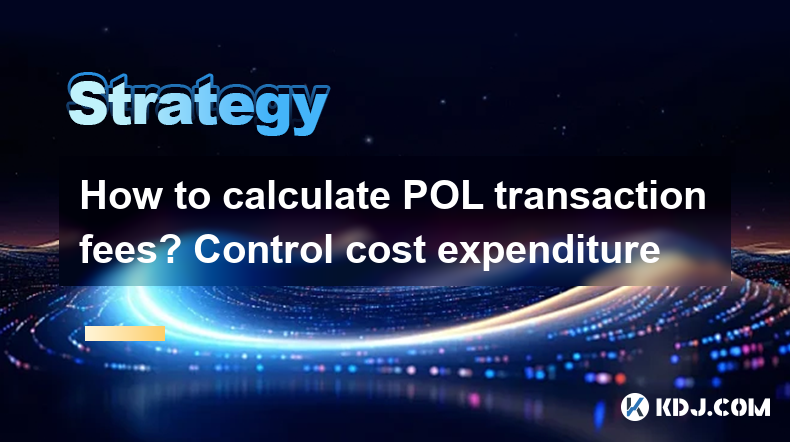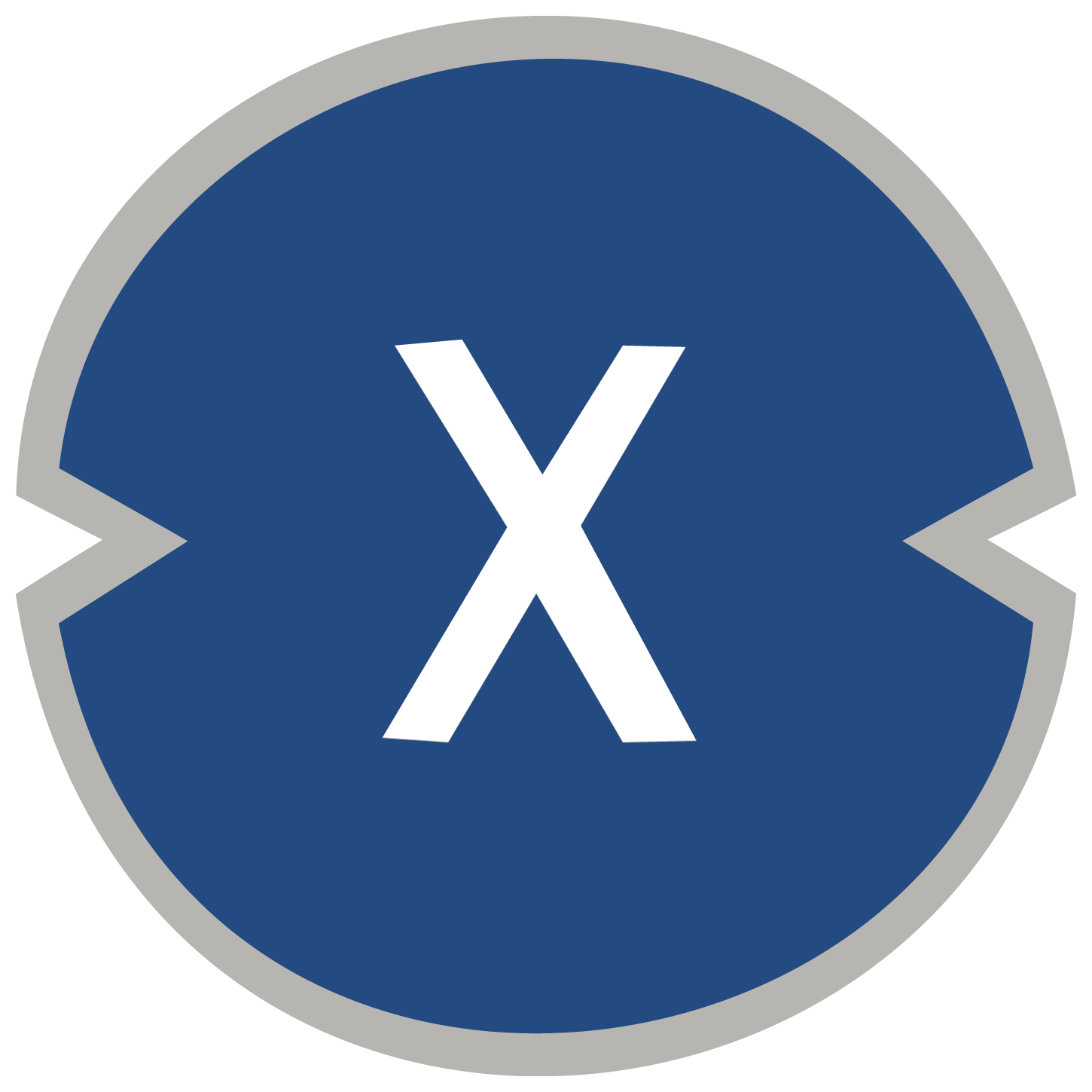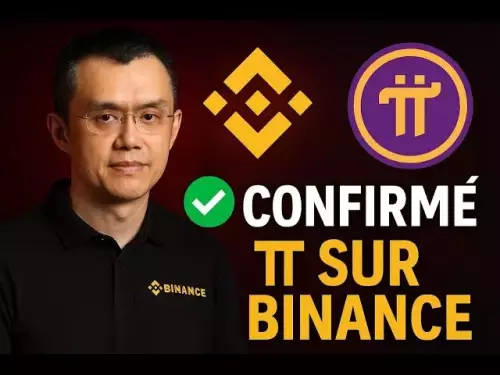-
 bitcoin
bitcoin $112715.707551 USD
-1.71% -
 ethereum
ethereum $4101.475385 USD
-3.01% -
 tether
tether $1.000644 USD
-0.02% -
 bnb
bnb $1207.619465 USD
-6.77% -
 xrp
xrp $2.501451 USD
-3.98% -
 solana
solana $202.947124 USD
-3.32% -
 usd-coin
usd-coin $1.000295 USD
0.04% -
 dogecoin
dogecoin $0.203884 USD
-4.47% -
 tron
tron $0.317154 USD
-1.72% -
 cardano
cardano $0.695009 USD
-4.43% -
 hyperliquid
hyperliquid $38.853961 USD
-8.23% -
 chainlink
chainlink $18.988674 USD
-4.64% -
 ethena-usde
ethena-usde $1.000233 USD
-0.03% -
 stellar
stellar $0.337050 USD
-3.63% -
 bitcoin-cash
bitcoin-cash $536.861728 USD
-1.28%
How to calculate POL transaction fees? Control cost expenditure
To manage POL transaction fees, monitor gas prices, optimize gas limits, batch transactions, and use layer 2 solutions to minimize costs effectively.
May 01, 2025 at 07:21 pm

Understanding and managing transaction fees is crucial for anyone involved in cryptocurrency transactions, particularly when dealing with Polygon (POL). Calculating POL transaction fees involves understanding the factors that influence these fees and knowing how to minimize them to control cost expenditure. This article will guide you through the process of calculating POL transaction fees and provide strategies to manage your costs effectively.
What are POL Transaction Fees?
Transaction fees on the Polygon network, like other blockchain networks, are the costs users pay to have their transactions processed and validated by network validators. These fees are typically measured in gas, a unit that represents the computational effort required to perform operations on the network. The amount of gas needed for a transaction depends on the complexity of the operation being performed.
Factors Influencing POL Transaction Fees
Several factors can influence the amount of gas and, consequently, the transaction fee on the Polygon network:
- Gas Price: This is the amount of POL you are willing to pay per unit of gas. A higher gas price can lead to faster transaction processing, but it also increases the fee.
- Gas Limit: This is the maximum amount of gas you are willing to use for your transaction. If the transaction requires more gas than the limit, it will fail.
- Network Congestion: During times of high network usage, transaction fees can increase as users bid higher gas prices to have their transactions processed more quickly.
- Transaction Complexity: More complex transactions, such as smart contract interactions, require more gas and thus higher fees.
How to Calculate POL Transaction Fees
Calculating POL transaction fees involves determining both the gas price and the gas limit for your transaction. Here's how you can do it:
Determine the Gas Price: You can check the current gas prices on various blockchain explorers or through wallet interfaces. The gas price is usually denoted in Gwei (1 Gwei = 0.000000001 POL).
Estimate the Gas Limit: Depending on the type of transaction, you can estimate the gas limit. For simple transactions like token transfers, the gas limit might be around 21,000 gas. For more complex operations, such as interacting with smart contracts, the gas limit can be significantly higher.
Calculate the Fee: Once you have the gas price and gas limit, you can calculate the fee using the formula:
Fee = Gas Price (in Gwei) x Gas Limit x 10^-9 (to convert Gwei to POL)
For example, if the gas price is 20 Gwei and the gas limit is 21,000 gas, the transaction fee would be:
Fee = 20 x 21,000 x 10^-9 = 0.00042 POLStrategies to Minimize POL Transaction Fees
To control your cost expenditure on POL transactions, consider the following strategies:
- Monitor Gas Prices: Use tools like blockchain explorers or wallet interfaces to monitor gas prices. Transact during periods of lower network congestion to take advantage of lower gas prices.
- Optimize Gas Limits: Ensure that you set the gas limit as low as possible without risking transaction failure. Many wallets and platforms will suggest a default gas limit, but you can often adjust it.
- Batch Transactions: If you need to perform multiple transactions, consider batching them into a single transaction. This can significantly reduce the total gas required.
- Use Layer 2 Solutions: Polygon itself is a layer 2 scaling solution for Ethereum, but it also offers additional layer 2 solutions that can further reduce transaction fees.
Practical Steps to Calculate and Pay POL Transaction Fees
Here are the practical steps to calculate and pay POL transaction fees using a typical wallet interface:
- Select the Transaction: Choose the transaction you want to perform, such as sending POL or interacting with a smart contract.
- Set the Gas Price: In the transaction settings, you will see an option to set the gas price. You can either use the default suggested by the wallet or manually adjust it based on current network conditions.
- Set the Gas Limit: Similarly, you can set the gas limit. For simple transactions, the default is usually sufficient, but for more complex operations, you may need to increase it.
- Review and Confirm: Review the total fee calculated based on your gas price and gas limit. If you are satisfied, confirm the transaction.
- Monitor the Transaction: After sending the transaction, you can monitor its status on a blockchain explorer to ensure it is processed successfully.
Tools and Resources for Calculating POL Transaction Fees
Several tools and resources can help you calculate and manage POL transaction fees:
- Blockchain Explorers: Websites like PolygonScan provide real-time data on gas prices and transaction fees.
- Wallet Interfaces: Wallets like MetaMask or Trust Wallet often include features to estimate and set gas prices and limits.
- Gas Price APIs: Some developers use APIs to fetch current gas prices and integrate them into their applications for more accurate fee calculations.
Frequently Asked Questions
Q: Can I set a custom gas price and limit for every transaction on the Polygon network?A: Yes, most wallet interfaces allow you to set custom gas prices and limits for your transactions on the Polygon network. This flexibility enables you to optimize your transaction fees based on current network conditions and your specific needs.
Q: How does the Polygon network handle failed transactions due to insufficient gas?A: If a transaction on the Polygon network fails due to insufficient gas, the gas used up to the point of failure is consumed, and the transaction is not processed. The remaining POL, if any, is returned to the sender's wallet.
Q: Are there any risks associated with setting a very low gas price on the Polygon network?A: Setting a very low gas price can result in your transaction being delayed or not processed at all, especially during times of high network congestion. It's important to balance the desire for lower fees with the need for timely transaction processing.
Q: Can I use the same strategies for managing transaction fees on other blockchain networks?A: While the general principles of monitoring gas prices, optimizing gas limits, and batching transactions apply to many blockchain networks, the specific details and tools may vary. It's important to understand the unique characteristics of each network when applying these strategies.
Disclaimer:info@kdj.com
The information provided is not trading advice. kdj.com does not assume any responsibility for any investments made based on the information provided in this article. Cryptocurrencies are highly volatile and it is highly recommended that you invest with caution after thorough research!
If you believe that the content used on this website infringes your copyright, please contact us immediately (info@kdj.com) and we will delete it promptly.
- Tokenization Takes Center Stage: SEC-Registered Stock Tokens Reshape Finance
- 2025-10-15 22:25:13
- Bitcoin Seized, Transferred: A New York Minute on Crypto's Wild Ride
- 2025-10-15 22:25:13
- Milk & Mocha's $HUGS: Can This Crypto Presale Deliver a 100x Portfolio?
- 2025-10-15 22:30:01
- Memecoins Grow Up: $HUGS Presale Offers Real Utility
- 2025-10-15 22:45:13
- HUGS Launch, Crypto Bull Run, and a Perfect Storm Brewing?
- 2025-10-15 22:45:13
- Zero Knowledge Proof, Whitelists, and the Future of Blockchain Privacy
- 2025-10-15 22:30:01
Related knowledge

Practical parameter settings for a Bitcoin multi-timeframe moving average system
Sep 18,2025 at 10:54pm
Optimizing Timeframe Combinations for Bitcoin Trading1. Selecting appropriate timeframes is crucial when building a multi-timeframe moving average sys...

How can I filter out false breakouts in Dogecoin high-frequency trading?
Sep 22,2025 at 01:00am
Understanding False Breakouts in Dogecoin Trading1. A false breakout occurs when Dogecoin's price appears to move beyond a defined support or resistan...

Techniques for identifying tops and bottoms in the Bitcoin on-chain NVT model
Sep 20,2025 at 07:54pm
Understanding the NVT Model in Bitcoin Analysis1. The Network Value to Transactions (NVT) ratio is often described as the 'P/E ratio' of the cryptocur...

What does the surge in open interest in Bitcoincoin futures mean?
Sep 20,2025 at 11:18pm
Understanding the Surge in Dogecoin Futures Open Interest1. A surge in open interest within Dogecoin futures indicates a growing number of active cont...

How can I use the Ethereum USDT premium to gauge market sentiment?
Sep 18,2025 at 11:55pm
Understanding the Ethereum USDT Premium1. The Ethereum USDT premium refers to the price difference between USDT (Tether) traded on Ethereum-based plat...

What should I do if Ethereum staking yields decline?
Sep 20,2025 at 06:18am
Understanding the Causes Behind Declining Ethereum Staking Yields1. The Ethereum network transitioned to a proof-of-stake consensus mechanism with the...

Practical parameter settings for a Bitcoin multi-timeframe moving average system
Sep 18,2025 at 10:54pm
Optimizing Timeframe Combinations for Bitcoin Trading1. Selecting appropriate timeframes is crucial when building a multi-timeframe moving average sys...

How can I filter out false breakouts in Dogecoin high-frequency trading?
Sep 22,2025 at 01:00am
Understanding False Breakouts in Dogecoin Trading1. A false breakout occurs when Dogecoin's price appears to move beyond a defined support or resistan...

Techniques for identifying tops and bottoms in the Bitcoin on-chain NVT model
Sep 20,2025 at 07:54pm
Understanding the NVT Model in Bitcoin Analysis1. The Network Value to Transactions (NVT) ratio is often described as the 'P/E ratio' of the cryptocur...

What does the surge in open interest in Bitcoincoin futures mean?
Sep 20,2025 at 11:18pm
Understanding the Surge in Dogecoin Futures Open Interest1. A surge in open interest within Dogecoin futures indicates a growing number of active cont...

How can I use the Ethereum USDT premium to gauge market sentiment?
Sep 18,2025 at 11:55pm
Understanding the Ethereum USDT Premium1. The Ethereum USDT premium refers to the price difference between USDT (Tether) traded on Ethereum-based plat...

What should I do if Ethereum staking yields decline?
Sep 20,2025 at 06:18am
Understanding the Causes Behind Declining Ethereum Staking Yields1. The Ethereum network transitioned to a proof-of-stake consensus mechanism with the...
See all articles










































































